Cottage Garden Xeriscaping: Learn About Cottage Gardening In The South
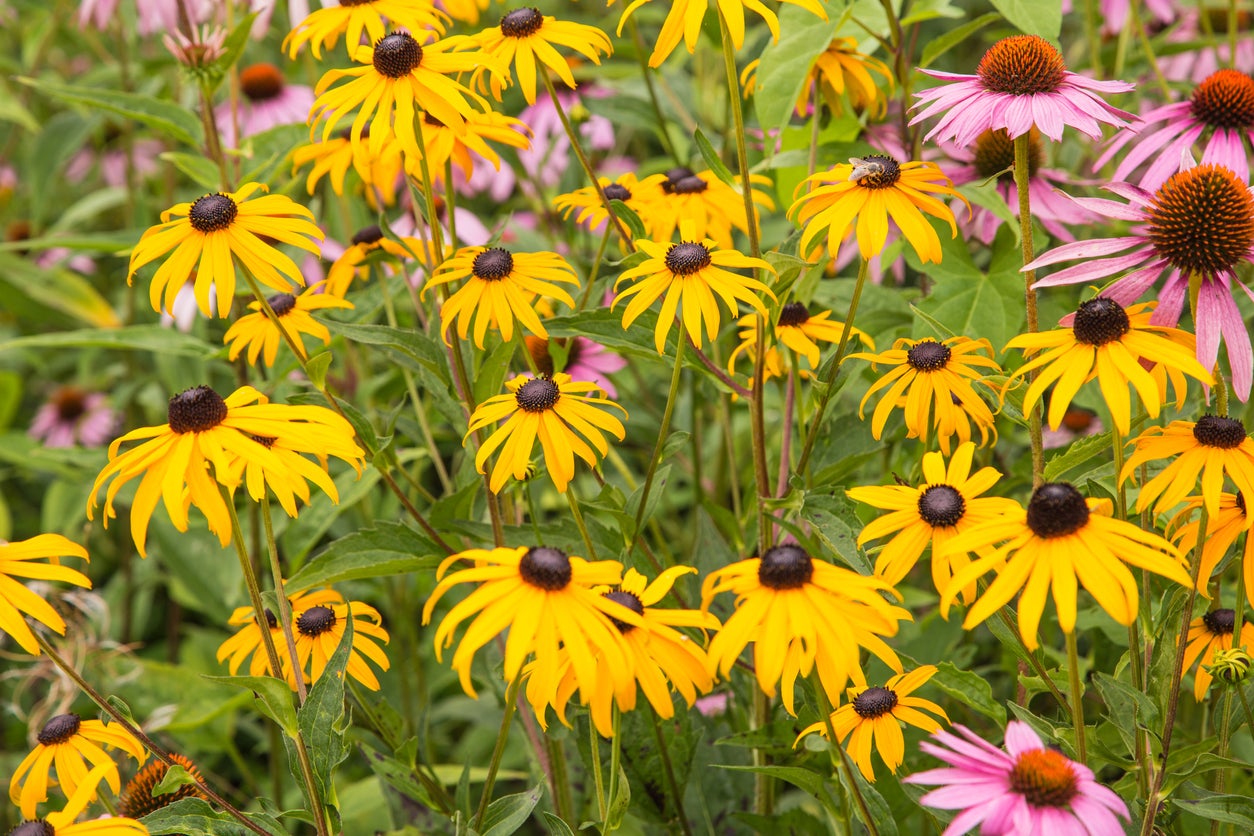

Achieving a xeriscape cottage garden may not be as difficult as you think. Many heat tolerant cottage garden plants require little to no additional irrigation – the hallmark of xeriscaping. A garden full of tall, colorful flowers swaying in the breeze can be yours with little maintenance. Simply choose cottage garden plants for dry areas.
Using Cottage Garden Plants for Dry Areas
Xeriscaping means reducing the amount of water needed to maintain a garden or landscape by using drought-tolerant plants, smaller lawn areas, mulch, hardscape, and more shade elements.
To create a cottage garden in a xeriscape setting, select heat tolerant plants that are also drought tolerant. Some plants for cottage gardening in the south include:
- Autumn Sage (Salvia greggii): This shrub-like perennial blooms from spring to frost. Autumn sage also invites pollinators into the garden.
- Bearded Irises (Iris spp.): Tall irises, especially bearded irises, are a staple in cottage gardens for their colorful spring bloom.
- Black-Eyed Susan (Rudbeckia hirta): A tough, short-lived perennial that reseeds easily, black-eyed susan has daisy-like yellow blooms that attract birds and butterflies. Reaches 1 to 2 feet (31-61 cm.) tall and wide.
- Butterfly weed (Asclepias tuberosa): A perennial host plant of the monarch butterfly, clusters of bright orange flowers bring long lasting color to the xeriscape cottage garden. Bushy butterfly weed plants reach 1 ½ to 2 feet (46-61 cm.) tall and wide and bring scores of butterflies for its nectar.
- Desert willow tree (Chilopsis linearis): This small Texas native tree grows 15 to 25 feet (5-8 m.) tall and blooms profusely in early summer and sporadically thereafter. The light pink to purple, funnel-shaped flowers of desert willow bloom best in full sun.
- Gomphrena: Globe amaranth is a stalwart in the xeriscape cottage garden, with its papery, globular flowers that bloom all summer.
- Lantana (Lantana camara): Blooms summer to fall with white, yellow, orange, red, pink, and purple flowers, with some varieties mixing several colors in the same cluster. Lantana grows shrub-like by fall and is a favorite of butterflies and hummingbirds.
- Cosmos (Cosmos sulphureus): Easily grown from seed, cosmos range from 1 to 3 feet (31-91 cm.). Flowers are daisy-like yellow in semi and double varieties.
- Purple coneflower (Echinacea purpurea): This popular perennial grows 3 to 5 feet (just under 1-1.5 m.) tall topped with lavender flowers characterized by drooping rays and prickly, domed center disks. Coneflower attracts butterflies and hummingbirds for its nectar and birds for its seed.
- Rose of Sharon (Hibiscus syriacus): A variety of color options brighten the garden with nonstop flowers. The shrubby stems of rose of Sharon can be trimmed to a desired shape.
- Yarrow (Achillea millefolium): Yarrow grows 2 to 3 feet (61-91 cm.) with flat, fuzzy flower heads. Can be invasive.
Cottage Garden Xeriscaping Tips
Plant the selected flowers in well-drained soil and mulch to conserve moisture. Provide adequate water until the plants are well established. Add a stone path, if desired, to enhance the cottage feel.
Enjoy the rewards of your new, low-maintenance, xeriscape cottage garden!
Gardening tips, videos, info and more delivered right to your inbox!
Sign up for the Gardening Know How newsletter today and receive a free copy of our e-book "How to Grow Delicious Tomatoes".

After graduating from Oklahoma State University with a degree in English, Susan pursued a career in communications. In addition, she wrote garden articles for magazines and authored a newspaper gardening column for many years. She contributed South-Central regional gardening columns for four years to Lowes.com. While living in Oklahoma, she served as a master gardener for 17 years.
-
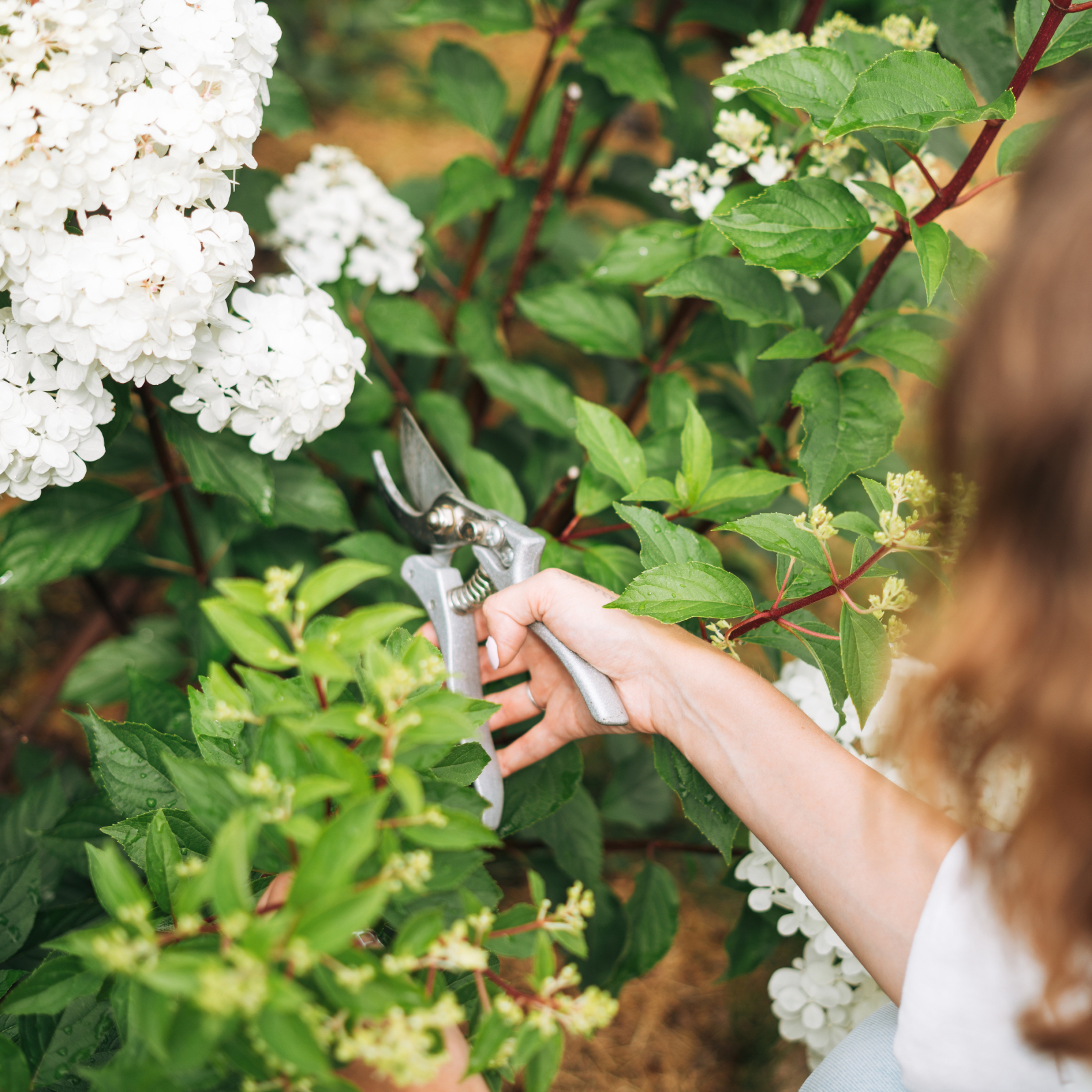 Pruning Limelight Hydrangea Bushes For Bigger Blooms & Stronger Plants
Pruning Limelight Hydrangea Bushes For Bigger Blooms & Stronger PlantsPruning 'Limelight' hydrangea will benefit the shrub. Flowers will be more bountiful the next year and branches will be stronger. Learn how and when to prune.
-
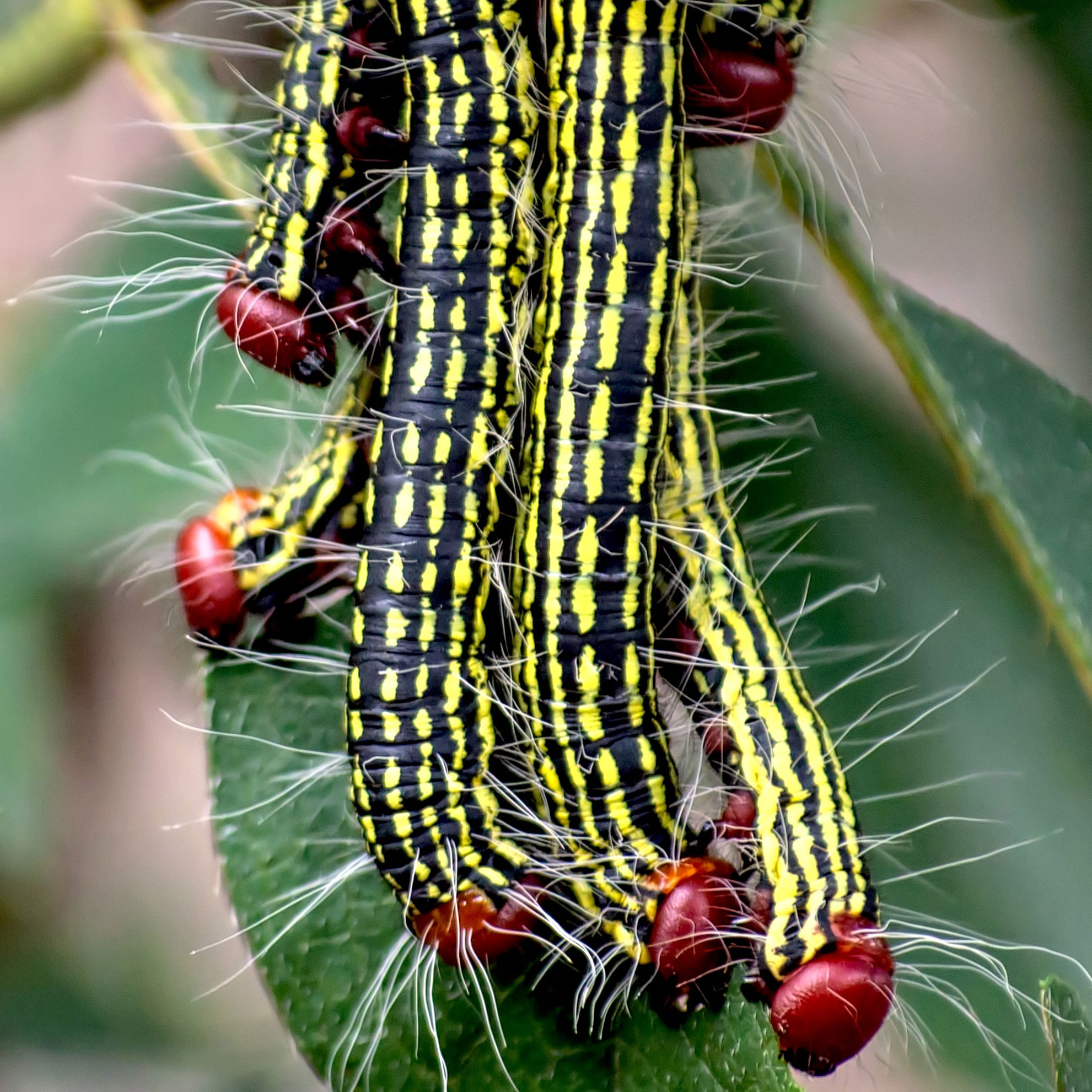 What’s Wrong With Your Azaleas? Identify, Tackle And Prevent 6 Common Azalea Pests
What’s Wrong With Your Azaleas? Identify, Tackle And Prevent 6 Common Azalea PestsIf you’ve spotted signs of azalea leaf damage, don’t panic – here’s how to identify the most common azalea pests so you can take action swiftly and keep plants healthy
-
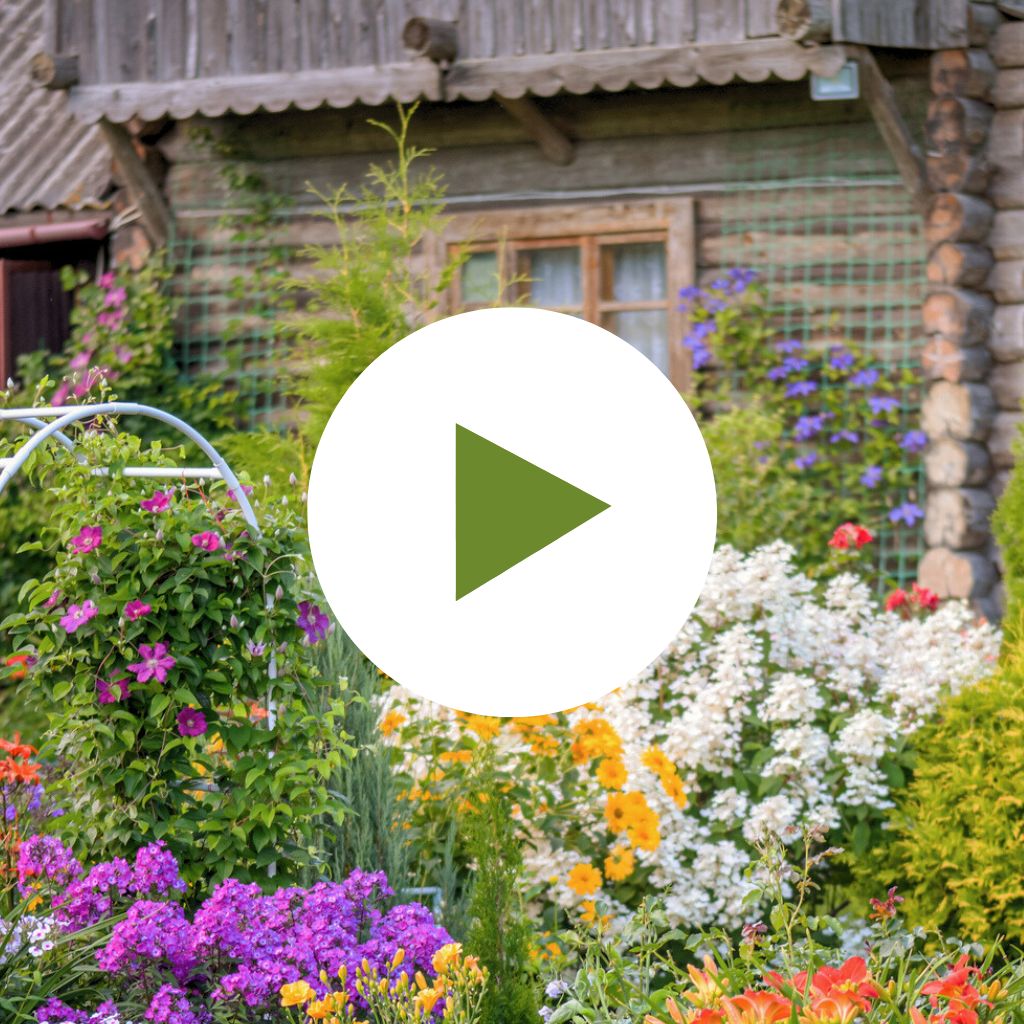 Best Cottage Garden Plants To Add Romantic Charm To Your Landscape
Best Cottage Garden Plants To Add Romantic Charm To Your LandscapeThere is just something appealing about an English cottage style garden. Read on for design tips and our favorite cottage garden plants.
-
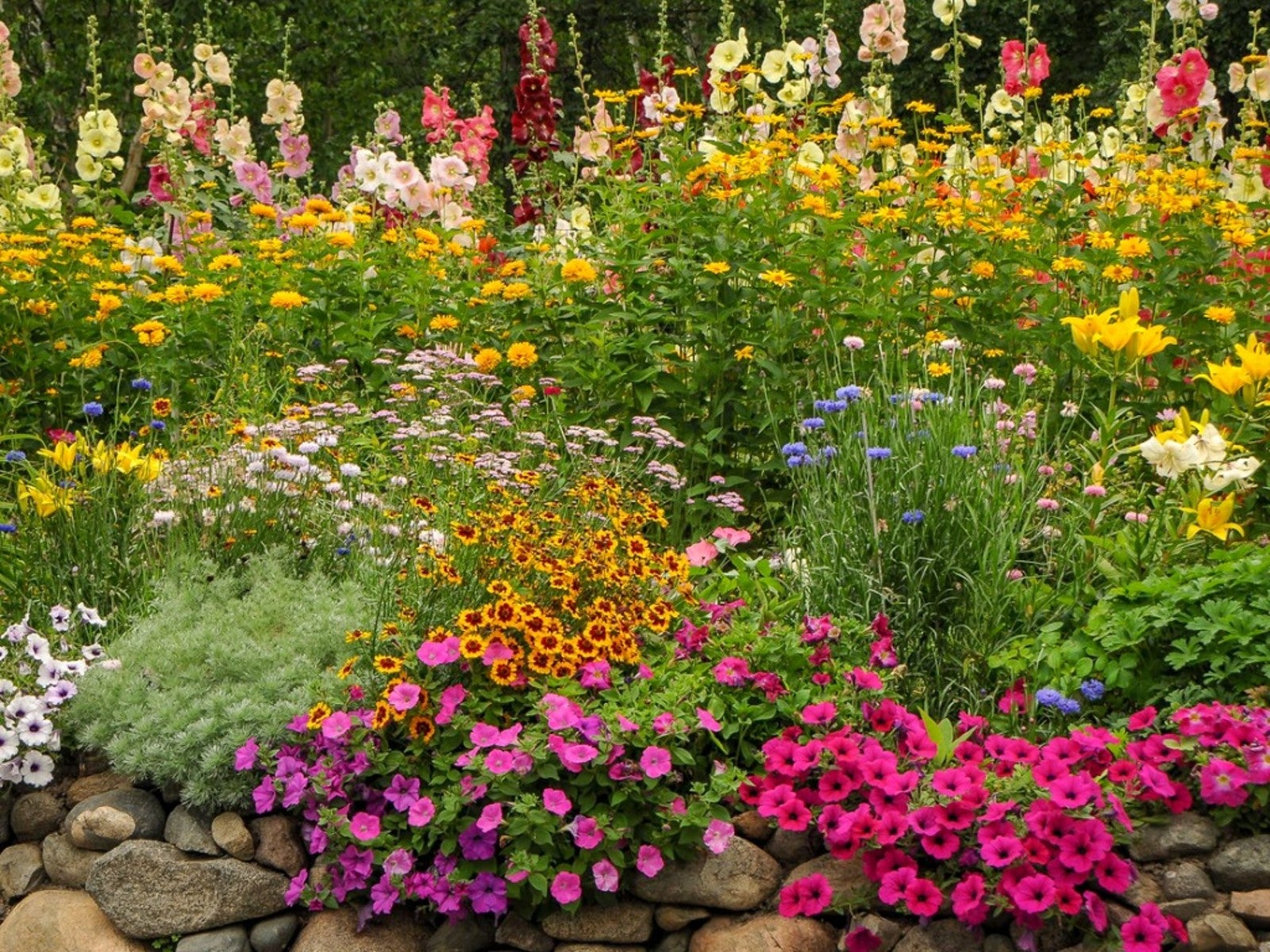 10 Classic Cottage Garden Plants
10 Classic Cottage Garden PlantsThose who wish to create a cottage garden of their own are limited only by their imagination. Here are our top ten cottage garden plants.
-
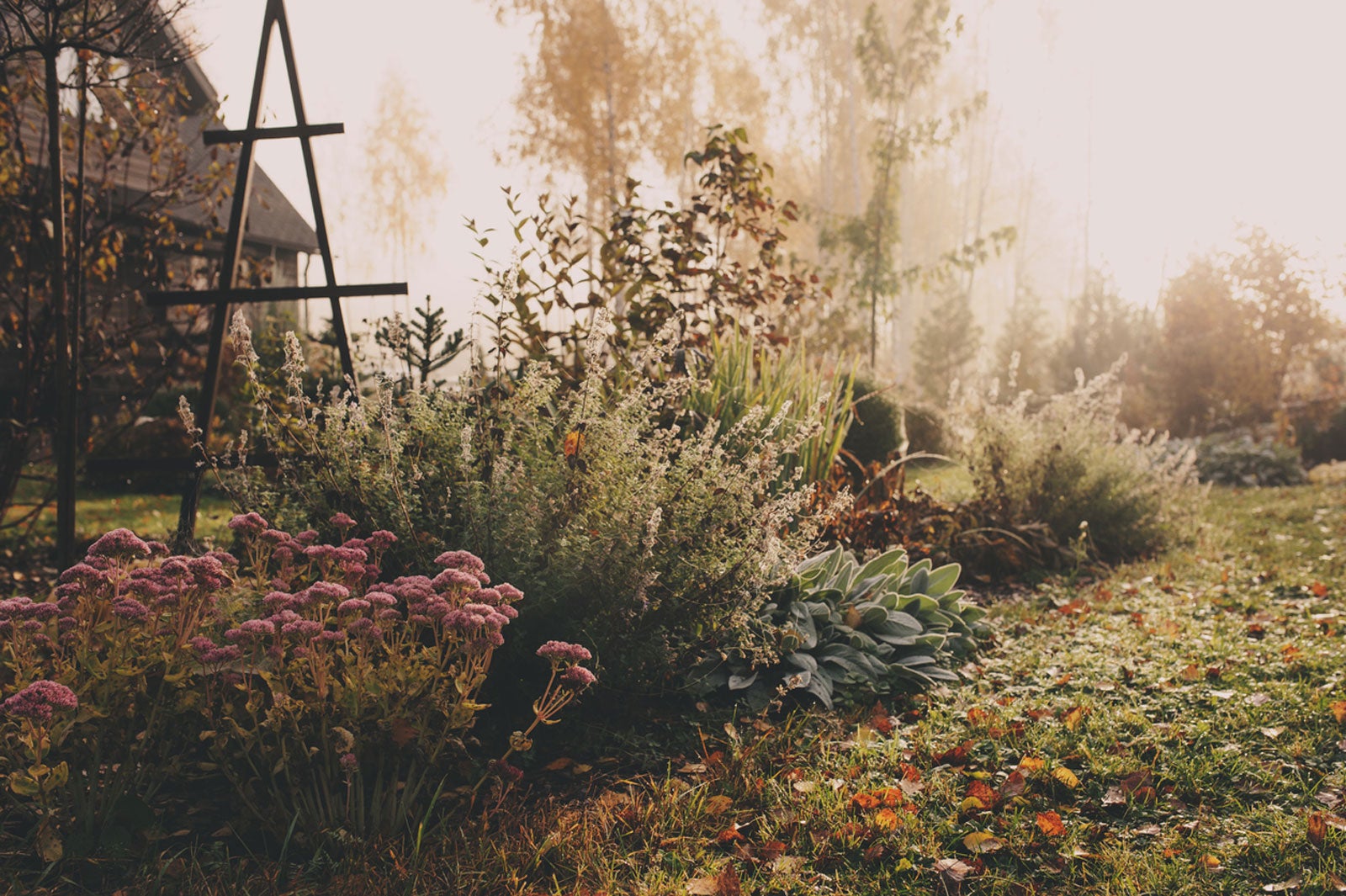 Winter Cottage Gardens: How To Keep A Cottage Garden In Winter Appealing
Winter Cottage Gardens: How To Keep A Cottage Garden In Winter AppealingThe cottage garden is a classic, charming English landscape feature. However, in winter your cottage garden can be left looking rather dull and bland. It takes some planning to have an interesting cottage garden for winter. Learn more in this article.
-
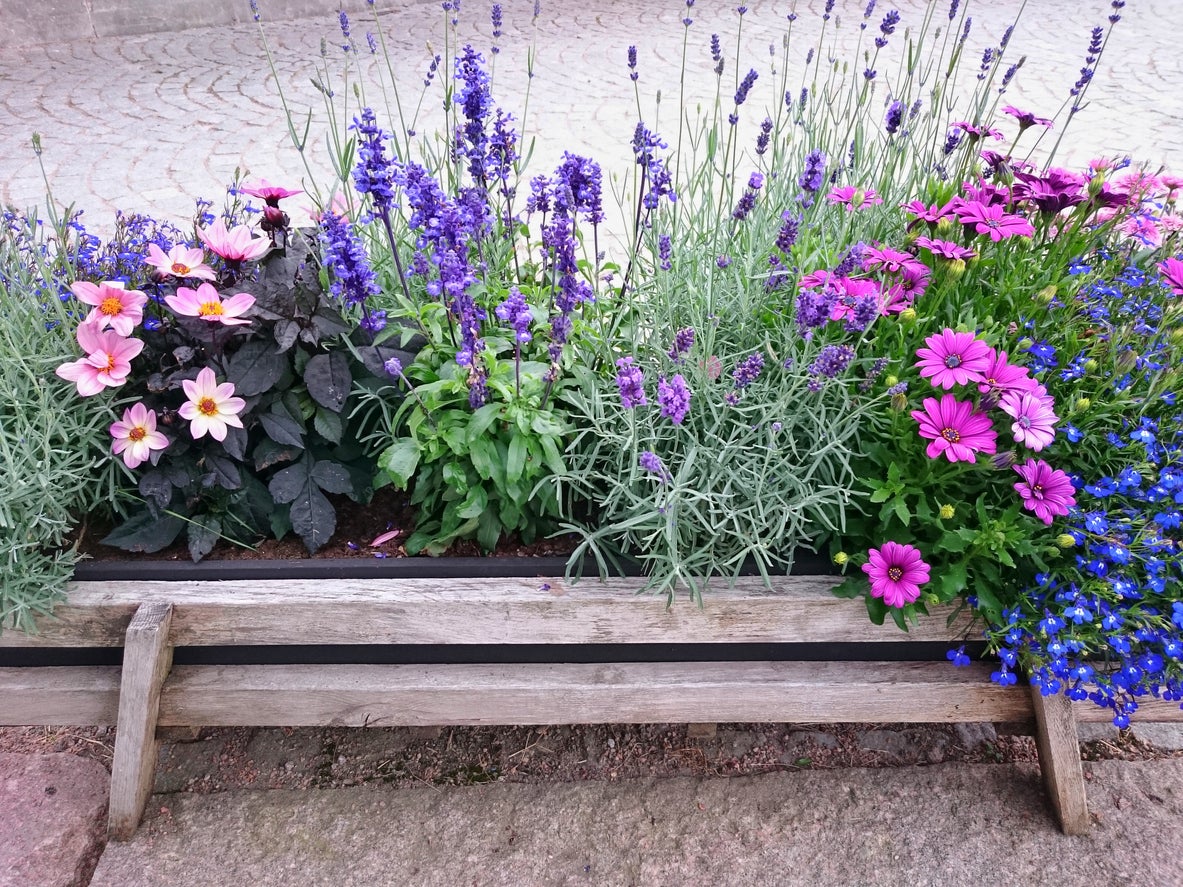 Potted Cottage Gardens: Growing A Cottage Garden In Planters
Potted Cottage Gardens: Growing A Cottage Garden In PlantersA true cottage garden requires a bit of backyard, but even those without this can achieve the appealing look with a cottage garden in containers on a patio or front porch. Click here for information about container-grown cottage gardens.
-
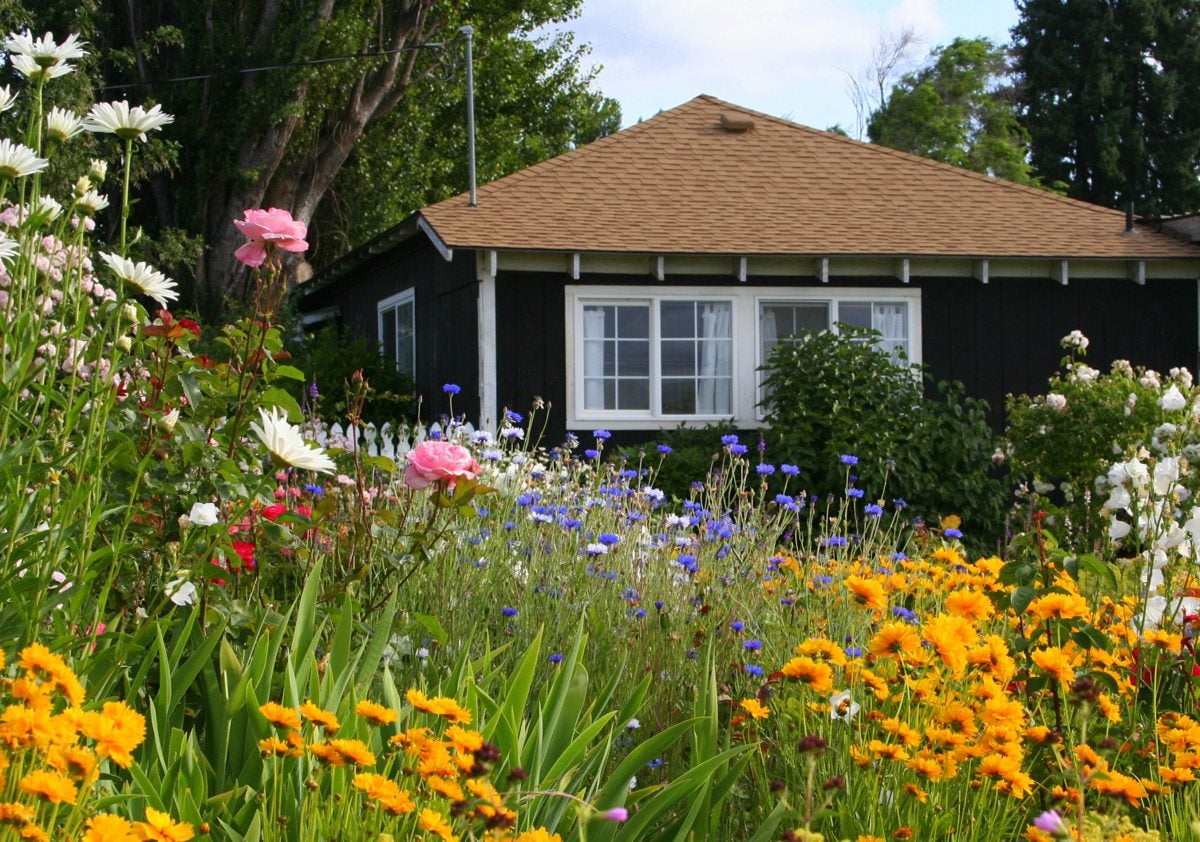 Learn To Plant A Basic English Cottage Garden
Learn To Plant A Basic English Cottage GardenCharming English cottage gardens can include a wide variety of flowers and vegetables. Enjoy bringing an old-fashioned vibe to your garden.